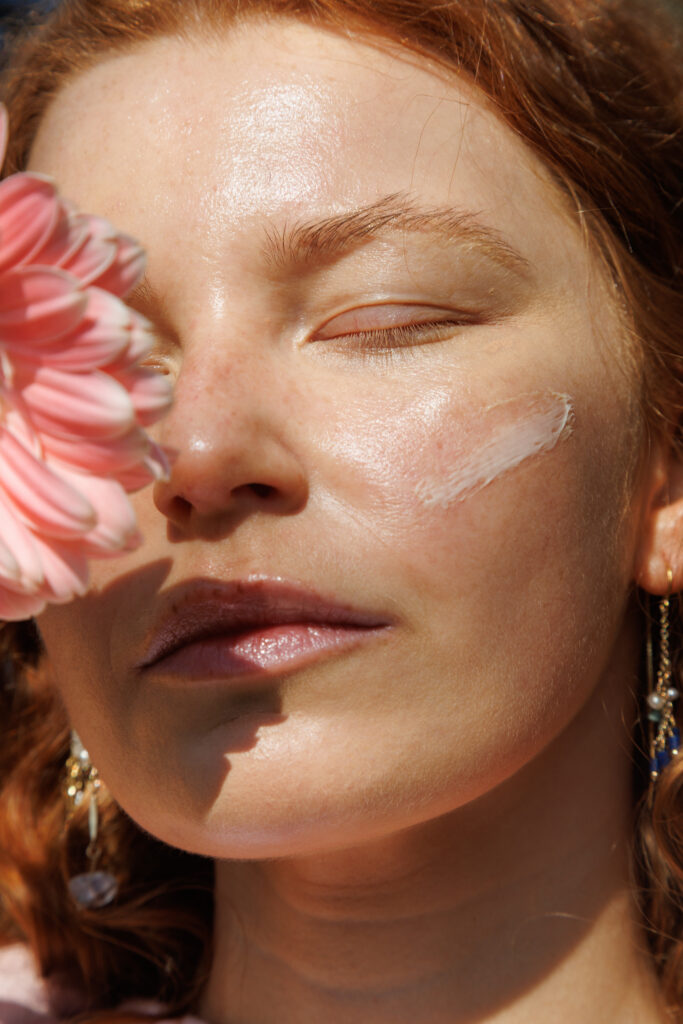They say there’s no place like home. For most of us, this sentiment rings true. It’s a place to cook a warm meal, rest your head or simply escape the world after a long day. It’s the centre of our lives, a steadfast in a world that often feels uncertain. But as the Australian housing crisis becomes more dire each day, home is beginning to feel less like a sanctuary and more like yet another source of stress.
In the past year alone, the cost of living in Australia has risen by 4.1% according to Finder. It’s a figure that has many Aussies on high alert, concerned about how the effects of inflation will impact their finances. In a cost of living crisis, it’s no surprise that housing is a top priority for most people when it comes to managing expenses. It seems Australians are determined to stay in their homes despite the increasing financial burden – but at what cost?
For many, especially young women, putting a roof over their heads means paying a hefty price with their health. Whether it’s settling for sub-standard housing or putting healthcare on the back burner as bills pile up, it’s a trade-off that feels more like a deal with the devil. After all, our health is the most priceless asset we’ve got.
Determined to find out more about how the rising cost of living is impacting the mental and physical health of our audience, we surveyed our readers about their own experiences. Home may be where the heart is, but for some, it’s also where our worries begin.
Exploring the Relationship Between Home and Health
In almost all cultures, people share a similar connection to the concept of “home”. The home represents safety, stability, and a future. Beyond this emotional connection, however, our homes are also incredibly intertwined with our physical and mental health. The relationship between home and health has been well studied, with researchers finding that housing quality and affordability can have significant effects on health outcomes.
Quality housing that is safe and well-maintained is essential in reducing the likelihood of negative health outcomes, such as injuries, disease, and poor mental health. Affordable housing is also paramount, ensuring that people can pay for other basic expenses like food, utilities, and healthcare, which will in turn better their health.
When the cost of living rises, however, people will inevitably find it more difficult to secure quality and affordable permanent accommodation. Prioritising other expenses such as healthcare could mean having to accept lower-quality accommodation. On the other side of the coin, maintaining the same housing standards as the cost increases could mean forgoing other needs entirely. It’s the ultimate catch-22 in a losing game.
Feeling the Housing Squeeze
So how does this theory seem to be playing out right now for young Australians? To put it bluntly, it’s a pretty bleak outlook.
In the final quarter of 2023, median rental prices shot up by 13.2% annually for homes located in Australia’s capital cities, according to the REA Group. Perth was hit especially hard, with rents increasing by 20% and the vacancy rate slipping under 1%. Purchasing a property wasn’t any easier either, with property prices inflating by 8.1% last year.
If you’re wondering what all this means in layman’s terms, you’re not alone. Put simply, the entire Australian housing market is feeling the pinch. Housing is in short supply, which has in turn driven prices upwards. The result? More than 1600 people are being pushed into homelessness each month based on Homelessness Australia data, with many more at risk of housing insecurity.
A Dangerous Trade-Off
While the housing crisis is cause for concern alone, there’s an unseen evil hitting young Aussies hard. The rising cost of living means that for many young women, paying for housing means sacrificing their health. As housing accounts for an increasing chunk of their income, many are delaying or even forgoing healthcare expenses such as check-ups, appointments and medication. It’s a dangerous trade-off, and it could have dire long-term effects.
Financial anxiety appears to be rife among young women, according to the results of our survey. Of the readers surveyed by the Modern Muse Magazine, 50% of respondents indicated that they often worry about their ability to afford healthcare. A further 37.5% admitted that the cost of basic expenses has often prevented them from accessing healthcare.
The Physical Toll of Housing Instability
The financial stress that stems from housing instability can have an immense impact on a person’s physical health. Symptoms can range in severity and include sleep problems, headaches, digestive problems, high blood pressure, and more. For women struggling with health problems unrelated to financial stress, housing instability can exacerbate this problem as it may impact their ability to pay for any necessary healthcare.
Readers of the Modern Muse aren’t alone in their experiences, with 87.5% of our respondents indicating that they have noticed physical health changes as a result of financial stress in the past 12 months. Finding support for physical health issues has also been impacted for some women, with 37.5% agreeing that their financial situation had deterred or prevented them from seeking physical healthcare
Casting Shadows Over Mental Health
The toll of housing instability extends beyond the physical realm, with many women also at risk of experiencing mental health impacts as a result. The cost of living crisis has caused a surge in mental health issues, with anxiety, depression, and other mental health conditions on the rise. According to a survey by Beyond Blue, an Australian mental health organisation, 83% of Australians report that the rising cost of living has negatively impacted their mental health. Those aged between 18 and 49 are most at risk, being more likely to experience negative mental health changes.
This outlook was reflected in our own study, with 62.5% of readers reporting experiencing a change in their mental state as a result of financial stress. Furthermore, 37.5% indicated that financial constraints had deterred or prevented them from seeking mental health support.
Light at the End of the Tunnel
Despite the undeniable challenges of the housing and cost of living crisis, there’s a glimmer of hope on the horizon for those struggling. According to the Australian Bureau of Statistics, the inflation rate has already fallen further than expected in the new year.
There are also plenty of options out there that help to reduce the financial burden of healthcare, helping it to remain accessible even in times of financial stress. From bulk billing services and the recent introduction of Australia-wide Medicare Urgent Care Clinics, to subsidised medications and free mental health clinics, there are resources and support systems out there that may suit your situation.
Learn more about financial assistance here.
To read more of our Health and Wellness articles, click here.





